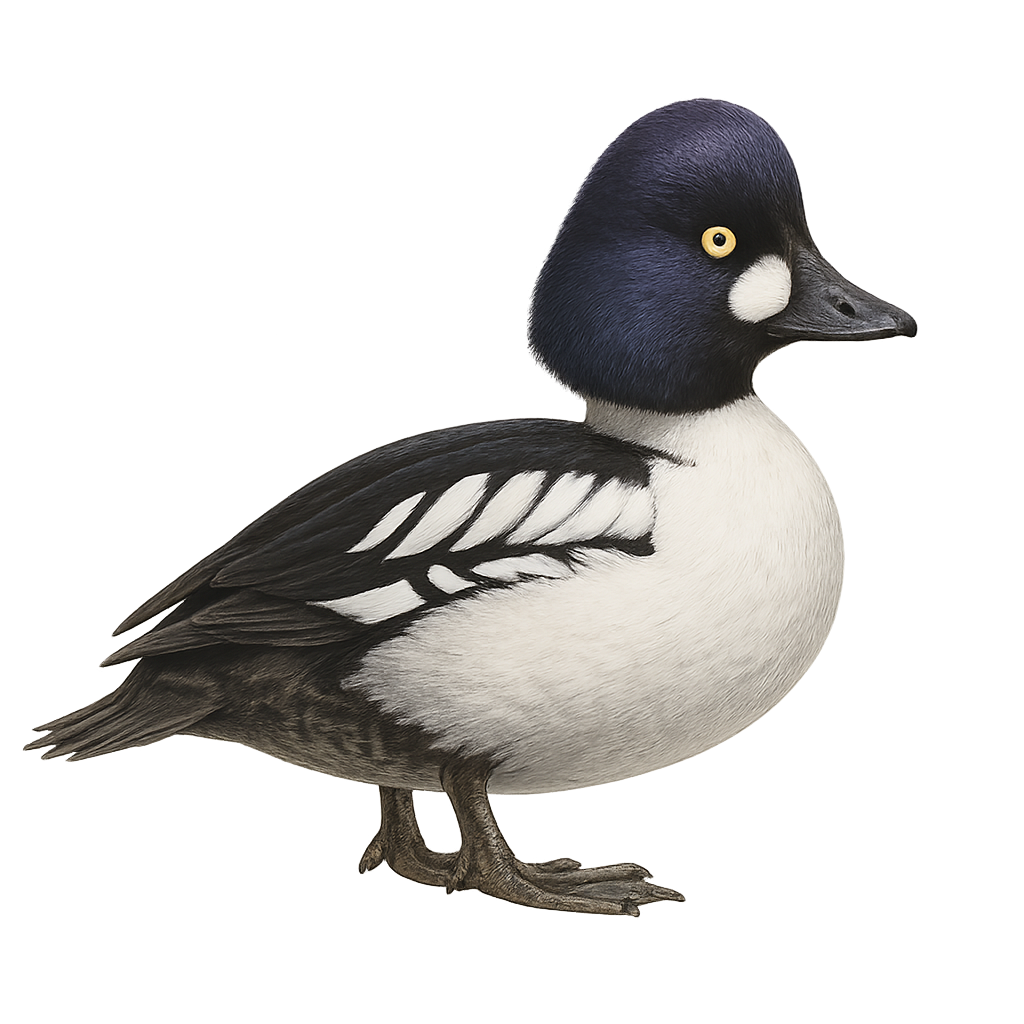Your wildlife photography guide.
Explore the barrow's goldeneye in detail, study its behavior, prepare your shots.
Where to observe and photograph the barrow's goldeneye in the wild
Learn where and when to spot the barrow's goldeneye in the wild, how to identify the species based on distinctive features, and what natural environments it inhabits. The WildlifePhotographer app offers tailored photography tips that reflect the barrow's goldeneye’s behavior, helping you capture better wildlife images. Explore the full species profile for key information including description, habitat, active periods, and approach techniques.
Barrow's Goldeneye
Scientific name: Bucephala islandica

IUCN Status: Least Concern
Family: ANATIDAE
Group: Birds
Sensitivity to human approach: Suspicious
Minimum approach distance: 10 m
Courtship display: May to July
Incubation: 28-30 jours
Hatchings: June to August
Habitat:
Lakes, rivers, forests
Activity period :
Primarily active during the day, with peak activity in the morning and late afternoon.
Identification and description:
The Barrow's Goldeneye is a medium-sized diving duck, easily identifiable by its rounded head and distinctive black and white plumage. Males have a black head with purple iridescence and bright yellow eyes, while females have a chocolate-brown head with a white eye ring. They breed primarily in the northern regions of North America and Iceland, favoring lakes and rivers bordered by forests. In winter, they migrate to milder coastal waters. Their diet mainly consists of mollusks, crustaceans, and aquatic insects. Although they are relatively tolerant, they can be suspicious of humans.
Recommended lens:
400mm – adjust based on distance, desired framing (portrait or habitat), and approach conditions.
Photography tips:
To photograph the Barrow's Goldeneye, opt for early mornings or late afternoons when the light is soft, highlighting the iridescent sheen of their plumage. Use a telephoto lens of at least 400mm to capture details without disturbing them. Keep your distance and use a tripod to stabilize your camera. Be patient and wait for them to approach the shores to feed. In-flight shots can be spectacular, so be ready to quickly adjust your settings to follow their swift movement.
The WildlifePhotographer App is coming soon!
Be the first to explore the best nature spots, track rutting seasons, log your observations, and observe more wildlife.
Already 1 432 wildlife lovers subscribed worldwide

